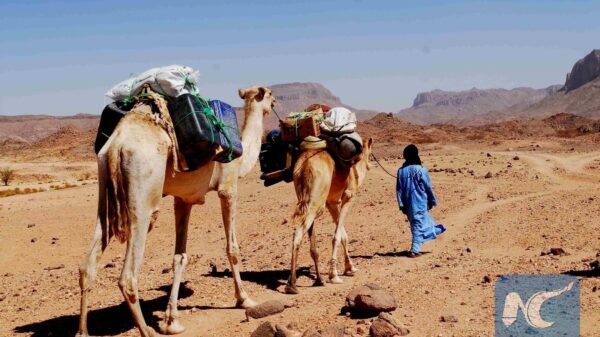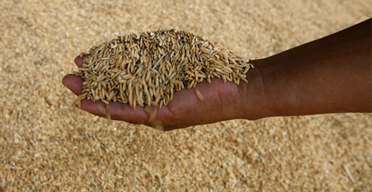NAIROBI, July 7 – Meals made from maize, rice and wheat are Kenya’s staple dishes. Kenya consumes 900,000 tonnes of wheat per annum, of which 300,000 tonnes is produced locally and 600,000 tonnes is imported. Kenya’s rice consumption is 250,000 tonnes, of which 190,000 tonnes is imported.
The per capita consumption of maize is 98 kilograms. This translates to an annual consumption of between 30 million bags and 34 million bags or 2.7 million tonnes to 3.1 million metric tonnes.
Kenya produces about 28 million bags of maize and the deficit is bridged by imports. According to the Food and Agricultural Organization, the quantity of imported maize has increased from 2.9 percent between 1970 and 1991 to an average of 12 percent in the last 10 years.
The country’s food security is certainly under serious threat. The food insecurity has been exacerbated by the rapid rise in food prices since the beginning of this year.
FAO Director-General Jacques Diouf says Africa is becoming a net importer of agricultural commodities, 87 percent of which were food products in 2005. The continent’s agricultural exports grew by an annual 2.3 percent from 1996, but its exports as a proportion of global trade fell dramatically from 8 percent in the 1970s to only 1.3 percent in 2005.
"Despite the efforts that have been made, African agriculture still faces many constraints, being undercapitalized, inefficient and uncompetitive," Diouf says.
He says some of the major factors inhibiting overall agricultural development include:
Water control, with as much as 93 percent of arable land dependent on unpredictable rainfall, a high risk of drought and only 4 percent of available water reserves used for irrigation, compared to 14 percent in Asia.
Land, with only 14 percent of Africa’s 184 million hectares of arable land under cultivation and some 21 million hectares in a state of accelerated degradation.
Fertilizers, with Africa using only 23 kilos of fertilizer per hectare of arable land compared to 151 kilos in Asia. Fertilizer use is even lower in sub-Saharan Africa, at only 9 kilos per hectare.
Scarcity of seeds, with access to improved seeds constrained by high costs and limited supplies on the local market.
One other reason why there is food scarcity in Kenya and indeed most African countries is that funding for agriculture in most African counties is yet to reach 10 percent while most of them spend as much as 20 percent of their budget on purchase of military hardware.
This is despite a 2004 resolution in which heads of state and government from African, Caribbean and Pacific countries pledged at a summit in Maputo, Mozambique to raise spending on agriculture to 10 percent of their budgets. According to FAO, only a handful of countries have met this target and Kenya is not among the few.
At the beginning of June FAO, the World Food Programe, International Fund for Agricultural Development and Biodiversity International on behalf of the CGIAR system held a high-level conference on world food security in Rome and made several resolutions. These included:
That there is an urgent need to help developing countries and countries in transition expand agriculture and food production, and to increase investment in agriculture, agribusiness and rural development, from both public and private sources.
To facilitate adjustment to higher food prices, donors and international financial institutions in accordance with their mandates and in consultation with recipient countries should provide, in a timely manner, balance of payments support and /or budget support to food-importing, low-income countries.
Other measures that should be considered as necessary to improve the financial situation of the countries in need include reviewing debt servicing, asking the relevant international institutions to simplify the eligibility procedures of existing financial mechanisms to support agriculture and environment.
The second line of action is immediate support for agricultural production and trade. The conference asked all relevant international organizations to assist countries in their request to put in place revised policies and measures to help farmers, particularly small-scale producers, increase production and integrate with local, regional, and international markets.
"We will strive to ensure that food, agricultural trade and overall trade policies are conducive to fostering food security for all. For this purpose we reaffirm the need to minimize the use of restrictive measures that could increase volatility of international prices," one of the resolutions says.
Still on trade, the 185 countries that attended the high level conference resolved to continue with efforts to liberalize international trade in agriculture by reducing trade barriers and market distorting policies.
"Addressing these measures will give farmers, particularly in developing countries, new opportunities to sell their products on world markets and support their efforts to increase productivity and production," the countries agreed.



































